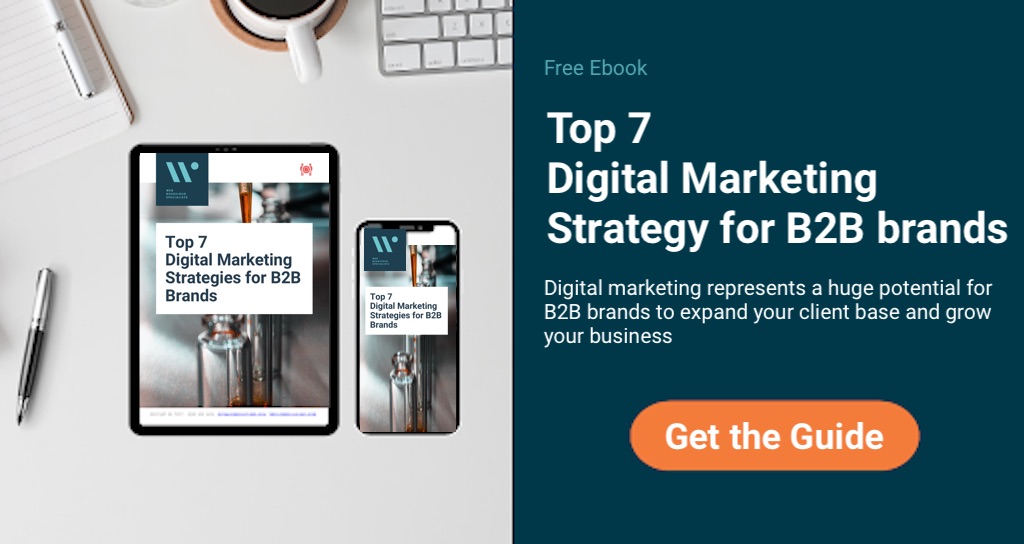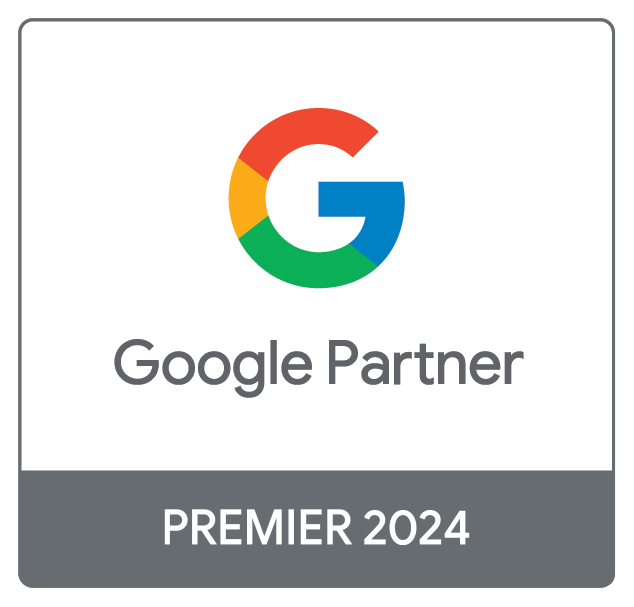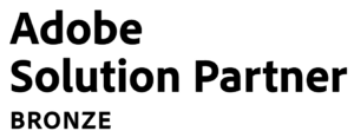75% of B2B buyers use social media to support their purchase decision, making it a more commonly used source of information than formal referrals and recommendations.
While there is no doubt that social media is a powerful marketing tool, it has to be done effectively to achieve a high return on investment. Unlike B2C brands whose purpose is to drive traffic, sales, and popularity through social media, B2B brands should stay focused on serving their audience and positioning themselves as thought leaders within their industries. B2B marketers aren’t going to be able to pull a prospect all the way down the funnel to a purchasing decision using social media alone. Instead, most B2B marketers use these platforms to distribute, promote and repurpose existing content. B2B social media marketers should focus their efforts on providing social media content that helps their audience be more productive and successful with their businesses.
For social media marketing to be successful, a B2B company needs to take a strategic approach and execute their campaigns with precision. Documenting your B2B social media plan allows you to set goals and paint a clear roadmap of how you’re going to reach them. Your strategy should answer important question such as:
- Who is your target audience?
- What social platforms will you use?
- What type of content will you be publishing?
- What are your goals? What do you want to achieve with your social media strategy?
- Which social media metrics will you be using to measure your efforts?
- How are your competitors using social media?
Having all of this documented keeps everyone on the same page, and allows you to adjust your strategy when you need to.
Use relevant platforms
LinkedIn is the most popular platform among B2B professionals and according to the latest stats, the most effective for B2B lead generation.
But you shouldn’t limit yourself to this platform alone. As social media should focus not only on lead generation but also on branding, other platforms can bring great benefits to B2B brands as well. Twitter, Facebook, Instagram and YouTube are all used by B2B marketers to engage and interact with their potential audience.
Each platform serves different purposes and brands can use them to share different types of content. 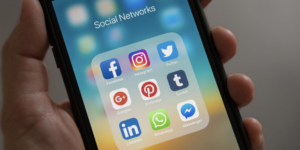 For example, LinkedIn is great for building and strengthening relationships by sharing content that is useful for your audience. Use your employees as your brand advocates to expand your reach and engagement with your brand. Twitter can help you to gain the trust of your followers and encourage them to interact with you more often. It’ll also help you position yourself as an expert and leader in your industry through relevant content sharing.
For example, LinkedIn is great for building and strengthening relationships by sharing content that is useful for your audience. Use your employees as your brand advocates to expand your reach and engagement with your brand. Twitter can help you to gain the trust of your followers and encourage them to interact with you more often. It’ll also help you position yourself as an expert and leader in your industry through relevant content sharing.
Don’t be afraid of checking what your competition is doing: which platforms they are using, what type of content they are creating, how often they are posting, how people are engaging with their content, etc. Your competitors are a great source of information for topics, approaches and strategies to use (or avoid) in your social media strategy.
Social media listening
Social media listening is the process of gathering data from social media platforms to better understand who is talking about your brand and how they feel. Tracking what’s being said about your brand, by who and in what tone (positive, neutral, negative). This provides both qualitative and quantitative insights into how your brand is perceived as well as the success of your marketing campaigns.
Social media listening should be also used to better understand your competition: key channels/platforms on which your competitors are active, as well as tracking advocates and influencers working with them. It may also help you understand their weak points or why customers might be choosing them over you.
Check out Top 7 Digital Marketing Strategies for B2B Brands
You can base social media listening on your brand name, product names (incl. misspellings), competitor brand names and products, most relevant keywords to your offer, industry buzzwords, names of key people in your organisation as well as your competitors, campaign names or keywords, etc.
Social media listening exercises will help you to set a social media strategy based on your audience rather than just your business.
Support your social media efforts with content marketing
B2B customers are seeking expertise so any content that you produce has to be useful and provide value. Hopefully you already have a content marketing strategy in place…
And if not, you can read how to create one here
… and you’re already creating regular, high quality content directed at your users. The content you create should be the base of your social media strategy. With your own content, your social media strategy will be much more likely to succeed. However, you not only have to produce quality content consistently, but also distribute it. Without distribution, your content won’t reach your target audience, they won’t know about your product, what it does and how it can help them reach their goals.
To prepare your content distribution plan you need to pick the audience your content is targeting, pick a stage in the customer journey your content targets (awareness, consideration, purchase, etc.) and pick channels that resonate with that audience at that stage in the cycle. Remember to consider each social network’s audience when posting certain types of content and offer your content in various formats.
User generated content
B2B buyers want to know how others have used your product or service and if they recommend it – that’s where the user generated content can be a great source.
 User generated content can be anything from blogs, tweets, posts, videos, images to reviews, etc. This type of content is received directly from users and shared on social media platforms. Research what your audience is already saying about your product and see how you can incorporate it (with their permission) into your content marketing strategy. Collect reviews and recommendations from your audience as content generated by users is heavily relied upon by other consumers.
User generated content can be anything from blogs, tweets, posts, videos, images to reviews, etc. This type of content is received directly from users and shared on social media platforms. Research what your audience is already saying about your product and see how you can incorporate it (with their permission) into your content marketing strategy. Collect reviews and recommendations from your audience as content generated by users is heavily relied upon by other consumers.
There are different benefits to user generated content, e.g.:
- User generated content helps build brand credibility and trust – by sharing content created by your audience, you add a level of authenticity to your social accounts, making it more real and more trustworthy in the eyes of your audience
- User generated content will help you fill your social media calendar and take away some of the pressure of creating every piece of content yourself.
- People want more opportunities to share their own thoughts and opinions. If they see you engaging with their content and the content of others, you’ll likely inspire more participation in the future.
User generated content can also come from your employees. Leverage your employees to showcase important aspects of your company that may not be otherwise created with your “regular” B2B marketing efforts. These could include event photos, fun outside the office or company culture.
Humanise your brand
Do you think your industry is boring and not suitable for social media? Just because you don’t sell exciting products or services, it doesn’t mean your social media presence has to be boring.
Modern B2B customers value personalisation and engagement so make sure you use social media as a way to humanise your brand and get their attention.
Showing off your people, offices, factory, principles, ideas, etc. give potential customers a greater insight into who your business is. This creates engagement and can influence decision making further down the line.
B2B marketing relies on relationships so take advantage of employee advocates. Encouraging employee advocates is a great way to bring more humanity to your organisation. Use your sales or product teams to engage with your target audience on social media. Talk about their experience, achievements, post their pictures, share tips and encourage them to share it to boost your B2B social media strategy.
Use video content
More and more B2B brands are using video to achieve various objectives: from building brand awareness, to product and service promotion, boosting conversions and lead generation. Video allows brands to engage with their target audience, build interest in their products/services within their target audience as well as building trust. Social media platforms are the perfect place to share this type of content.
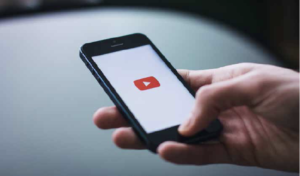 Video is a great medium to use at every stage of the sales cycle – whether its how-to-videos, user-generated content or case studies that emphasise the credibility of your business.
Video is a great medium to use at every stage of the sales cycle – whether its how-to-videos, user-generated content or case studies that emphasise the credibility of your business.
And don’t forget about live video. You can e.g. host a Q&A session with a team member and answer audience questions about a confusing topic, or use it to extend your reach when attending a conference or event.
The key is to share informative videos that resonate with your target audience. The right video can get executives, managers, and sales people excited about your business and secure a nice increase in engagement and site traffic in the process.
Advertise
Social media advertising can be a great strategy to expand your reach, increase engagement, video views, clicks to your website and generate leads. It’s also a great way to raise awareness of your offer, encourage potential customers to book a demo or promote new product launches.
Social media targeting allows you to target your ads to the most relevant target audience. You can take advantage of information like demographics, interests, behaviours, job titles, skills or company industries. You can be very targeted with your ads and place them in front of the audience that matters most to you.
Don’t forget that any paid social media campaign should have a clear objective and set goals. You can then monitor and measure the main KPIs and evaluate its success.
B2B companies have realised the power and the potential of social platforms. When done correctly, B2B social networking platforms can boost your business by increasing your brand’s visibility. There is no better way of gaining customers’ trust and building relationships than using social platforms. Don’t forget that social media should not be considered as a direct sales tool for B2B companies, but rather as a source of leads and introductions to relationships.
However, you need to ensure that you post the right type of content on the right platforms. You must tweak your social media strategy according to which platform you’re using or planning to use.

